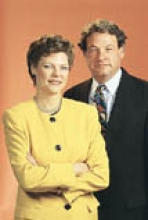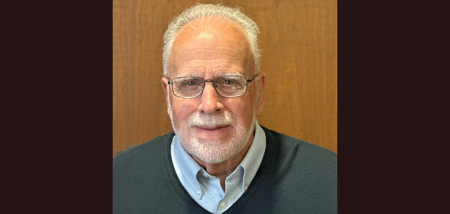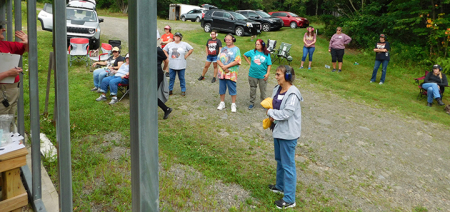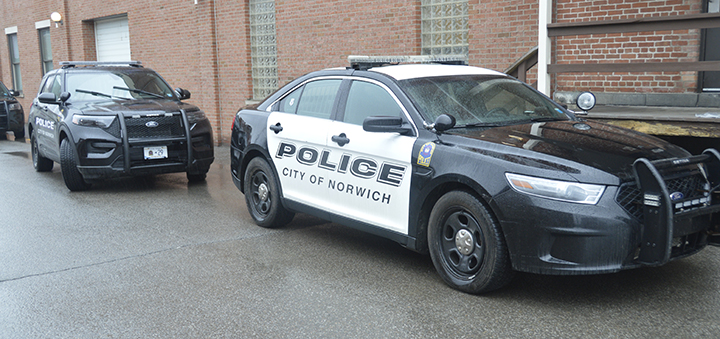Edit First, Publish Later
Published:
January 21st, 2011
By:
Steven and Cokie Roberts

“Giffords Shooting Highlights a Digital News Danger.” That was the headline over a column by the Washington Post ombudsman, Andrew Alexander, criticizing his paper’s coverage of the tragic events in Tucson, Ariz. When the New York Times public editor, Arthur Brisbane, addressed the same subject, the headline was pithier, “Time, the Enemy.”
Both columns focused on a small but critical fact: For a brief period during that chaotic day, many news organizations reported that Rep. Gabrielle Giffords had died. How and why they made that mistake reveals something important about the modern media environment.
Through a rich variety of instantaneous outlets – Twitter feeds, e-mail alerts, Facebook postings – the country could follow the “Giffords shooting” in real time. In the interest of speed, those updates often followed the adage coined by Jeff Jarvis, a new-media expert at CUNY: “Publish first, edit later.”
It’s certainly true that the Web is a self-correcting mechanism. Mistakes can be quickly spotted by an army of self-appointed critics and pulled down as rapidly as they are posted. The entry reporting Giffords’ death lasted 10 minutes at the New York Times website.
Still, a mistake was made – a big one. There is no newspaper headline preserved for history – comparable to the “Dewey Beats Truman” relic from 1948 – saying “Giffords Killed.” But “Time, the Enemy” sums up the lesson that should be learned.
The Evening Sun
Continue reading your article with a Premium Evesun Membership
View Membership Options
Comments







